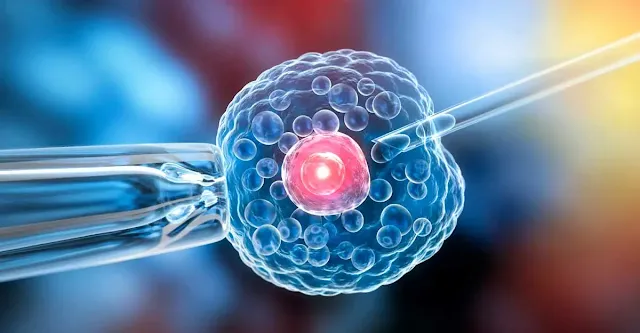In
the ever-evolving landscape of healthcare technology, one innovation stands out
for its potential to revolutionize medical treatments: humanoid cell
technology. This cutting-edge field holds the promise of transforming how we
diagnose, treat, and prevent diseases, offering new hope for patients
worldwide. In this blog post, we'll delve into the fascinating world of
humanoid cell technology, exploring its applications, benefits, and future
prospects.
Understanding
Humanoid Cell Technology
At its core, humanoid cell technology involves the creation and manipulation of cells that closely resemble human cells in structure and function. Through advanced biotechnological methods, scientists can engineer humanoid cells to perform specific tasks or mimic physiological processes within the body. These cells serve as invaluable tools for medical research, drug discovery, and regenerative medicine.
Applications
in Healthcare
The applications of humanoid cell technology are vast and diverse, spanning various fields within healthcare. One of the most promising areas is drug development and testing. Humanoid cells provide a more accurate model for studying the effects of pharmaceutical compounds, reducing the need for animal testing and expediting the drug discovery process.
Additionally, humanoid cell technology holds immense potential for personalized medicine. By analyzing an individual's genetic makeup and generating humanoid cells from their own tissue, researchers can tailor treatments to specific patient needs, leading to more effective and targeted therapies.
Benefits
of Humanoid Cell Technology
The adoption of humanoid cell technology offers numerous benefits for both patients and healthcare providers. Firstly, it allows for safer and more efficient drug development, reducing the risk of adverse reactions and expediting the approval of new treatments. Secondly, humanoid cells can be used to study rare diseases and genetic disorders, facilitating breakthroughs in understanding and treatment.
Furthermore, humanoid cell technology has the potential to revolutionize regenerative medicine by enabling the creation of functional tissues and organs for transplantation. This could alleviate the shortage of donor organs and offer hope to patients awaiting life-saving procedures.
Future Outlook
As research in humanoid cell technology continues to advance, the future looks promising for healthcare innovation. Scientists are exploring new techniques for enhancing the functionality and versatility of humanoid cells, paving the way for groundbreaking discoveries in disease modeling, tissue engineering, and regenerative therapies.
In conclusion, humanoid cell technology represents a paradigm shift in healthcare, offering unprecedented opportunities for medical advancement. By harnessing the power of these synthetic cells, we can unlock new treatments, improve patient outcomes, and ultimately transform the way we approach healthcare.
Conclusion
Humanoid cell technology holds immense promise for revolutionizing healthcare, from drug discovery to regenerative medicine. With its ability to mimic human cells and tissues, this innovative approach offers new avenues for research and treatment development. As we continue to unlock the potential of humanoid cell technology, the future of healthcare looks brighter than ever.
Engaging
FAQs
How
are humanoid cells created?
Humanoid cells are typically generated through cellular reprogramming techniques or by introducing specific genetic modifications to existing cell lines.
What
role do humanoid cells play in regenerative medicine?
Humanoid cells hold promise for regenerative medicine by serving as building blocks for tissue engineering and organ transplantation, offering new hope for patients with organ failure or tissue damage.
Are
humanoid cells used in clinical trials?
Yes, humanoid cells are increasingly being incorporated into clinical trials to evaluate the safety and efficacy of new therapies. Their ability to mimic human physiology makes them valuable tools for predicting how treatments will perform in human patients.
How
do humanoid cells differ from stem cells?
While stem cells have the potential to differentiate into various cell types, humanoid cells are already specialized to resemble specific human tissues or organs. Stem cells serve as a source for generating humanoid cells in laboratory settings.
What
are some potential ethical concerns associated with humanoid cell technology?
Ethical
considerations include issues related to consent, privacy, and the equitable
distribution of benefits from research involving humanoid cells. It's essential
to uphold ethical standards and prioritize the well-being of individuals
involved in research and treatment.



0 Comments